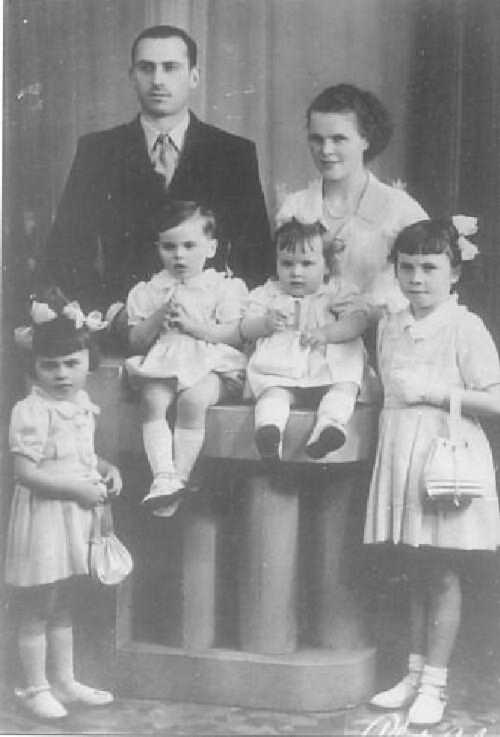
Figure 1.--This French family had its portrait taken in 1950. The little boy isabout 3 years old and wears a dressy romper. Note the ruffled collar. It also had a large bow tied in the back.


Figure 1.--This French family had its portrait taken in 1950. The little boy isabout 3 years old and wears a dressy romper. Note the ruffled collar. It also had a large bow tied in the back. |
Dressy or formal wear versions of rompers also appeared. Some boys for a year or so after they began school might wear rompers for dressy occassions. HBC has noted some dark colored dressy romper suits--usually in velvet. As far as we can tell, most were done in light colors, especially white or light blue (ciel). We do not yet, however, have a lot of details about the styles of the dressy suits. We think this depended somewhat on the age of the boy and the chronological period. We have seen dressy outfits that were mostly one-piece outfits for the youngest boys and suspender or button-on romperts for slightly older boys in the 1940s and 50s. French families going to church or dressing up for other occassions might have the younger boys in rompers. The dressy one-piece suits might have extensive smocking, ruffled collars, and large back tieing bows. We have also seen some dressy one-piece suits in the 1980s.
Dressy or formal wear versions of rompers also appeared. We do not yet have full detasils. As best e can determine, the earliest French rompers were play suits. Only later did dressy, more formal rompers appear. Most of the images we have noted of these dressy rompersuits are from the 1940s and 50s. We have also seen some dressy one-piece suits in the 1980s, but for younger boys.
Most boys stopped wearing rompers when they began school. We note boys wearing rompers in nursery school, but not once the boys began regulasr school at 6 years of age. We believe that this was true not only of schoolwear, but also play wear after school. There seems to have been a slight exception for dressy romperts. Some boys apparently for a year or so after they began school might wear rompers for dressy occassions.
HBC has noted some dark colored dressy romper suits--usually in velvet. As far as we can tell, most were done in light colors, especially white or light blue (ciel).
We do not yet, however, have a lot of details about the styles of the dressy suits. We think this depended somewhat on the age of the boy and the chronological period. We have seen dressy outfits that were mostly one-piece outfits for the youngest boys and suspender or button-on romperts for slightly older boys in the 1940s and 50s. The dressy one-piece suits might have extensive smocking, ruffled collars, and large back tieing bows. Some mothers were especially fond of tieing large bows in the back.
Formal rompers were especially common for special occassions and events. A formal family portyrait might be one such occassion. The portrait here is a good example (figure 1). French families going to church might dressed the younger boys in dressy rompers. We notice quite a few family snapshots showing boys in rompers for Sunday church services. Chjurch attendance was still important in the 2940s and 50s. Boys might dressing up for other special occassions like weddings in rompers. A French reader mentions boys wearing rompers for formal civic occassions. Family celebrations like Easter and Christmas might include the children dressing up in formal outfits with the younger boys in rompers.
Navigate the Historic Boys' Clothing Web Site:
[Return to the Main French romper convention page]
[Return to the Main romper page]
[Introduction]
[Activities]
[Bibliographies]
[Biographies]
[Chronologies]
[Countries]
[Style Index]
[Contributions]
[Frequently Asked Questions]
[French Glossary]
[Main HBC page]
Navigate the Historic Boys' Clothing Web chronological pages:
[The 1890s]
[The 1900s]
[The 1910s]
[The 1920s]
[The 1930s]
[The 1940s]
[The 1950s]
Navigate the Historic Boys' Clothing Web style pages:
[Dresses]
[Smocks]
[Bodice kilts]
[Kilts]
[Sailor suits]
[Sailor hats]
[Ring bearer/page costumes]
[Shortalls]
